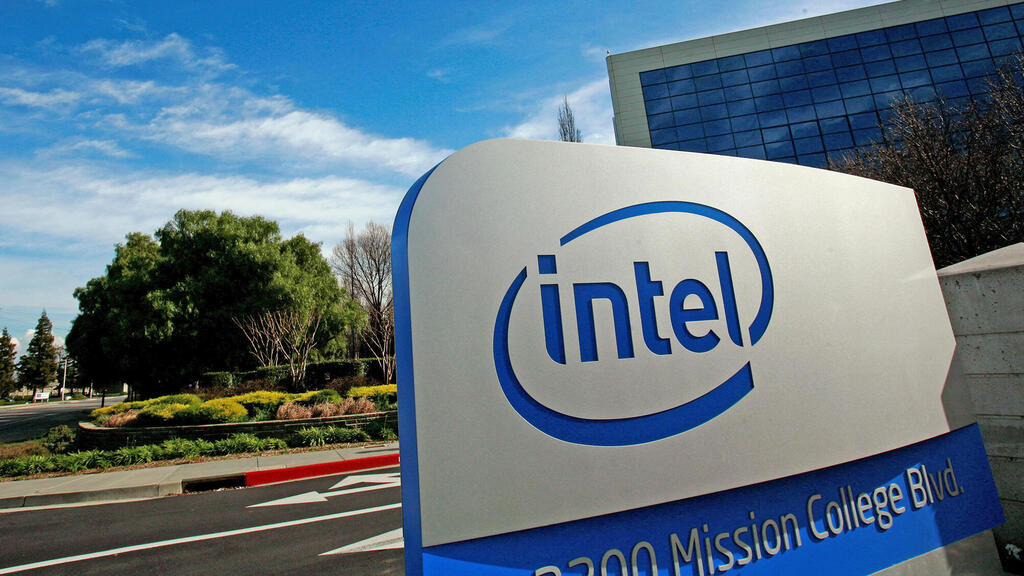
"The markets are giving Intel a major pass": Can Lip-Bu Tan turn the comeback into a real revival?
After an almost 90% stock surge, investors await proof that Intel’s bold new backers can deliver more than optimism.
Intel’s comeback story has been one of the most unexpected turns in this year’s market for technology stocks. Since January, its shares have risen 88%, the chipmaker’s best performance since the pandemic era. The rally has eclipsed most of its peers, including Nvidia, Broadcom and Marvell.
But the company’s third-quarter results, due Thursday, will show whether that momentum is built on more than investor optimism. After years of missteps and sliding market share, new CEO Lip-Bu Tan is betting that a series of dramatic capital infusions can buy Intel enough time to prove it still belongs among the leaders of the semiconductor world.
Over the past quarter, Intel has secured some of the most attention-grabbing investments in its recent history. Nvidia said last month it would invest $5 billion in Intel, giving it an approximately 4% stake after new shares are issued. In August, SoftBank followed with another $2 billion injection. Then, in an extraordinary move, the U.S. government took a 10% equity stake worth $8.9 billion, part of a hastily arranged deal following political pressure after President Donald Trump publicly called for Tan’s resignation over his past ties to China.
In total, the deals represent a $16 billion capital lifeline, money Intel badly needs after its previous CEO Pat Gelsinger’s ambitious manufacturing expansion left the company financially strained. But with few details disclosed, analysts say the market is still waiting to understand the strategic logic and financial implications.
“Putting all the recent investments together, what does Intel’s big picture look like? What does their cash look like?” Joe Tigay, portfolio manager at Intel investor Equity Armor, told Reuters. “That’s what everyone will be looking for.”
Related articles:
According to LSEG data, Intel is expected to report a 1% decline in third-quarter revenue to $13.14 billion, with an adjusted per-share profit of just one cent and a net loss of 22 cents per share. Analysts warn that earnings could be further affected by share dilution from the government and private-sector investments, depending on when those transactions close.
Tan, who replaced Gelsinger earlier this year, has moved quickly to scale back his predecessor’s heavy manufacturing build-out while focusing on selective, high-margin segments such as advanced PC chips and data center processors.
The backdrop is not entirely bleak. A Windows refresh cycle is beginning to lift global demand for personal computers, with preliminary figures from Gartner showing an 8% increase in worldwide PC shipments in the third quarter. Intel’s PC chip division is expected to report an 11% rise in revenue to $8.12 billion, driven by early production of its new Panther Lake processors, the first based on its 18A manufacturing process, slated to ship in volume before the end of 2025.
The success of that node is critical to Intel’s goal of reviving its contract manufacturing business, a cornerstone of Tan’s revised turnaround plan. The company’s manufacturing division is expected to post flat quarterly revenue of $4.37 billion, while its data center unit is forecast to grow 18% to $3.95 billion.
Intel continues to lag far behind Nvidia in the fast-growing market for AI-optimized graphics processors, but the surge in data center construction has indirectly boosted demand for its traditional server CPUs, which are often paired with GPUs in AI workloads. The company also plans to launch a new AI chip for data centers next year, part of an effort to regain relevance in the AI hardware race.
For now, investors appear to be giving Tan the benefit of the doubt. The stock’s extraordinary rally reflects confidence that Intel’s partnerships and new leadership could finally break the cycle of overpromising and underdelivering that defined the Gelsinger years.
“The markets are giving Intel a major pass on their current struggles,” said Tigay. “Intel has a great deal of leeway based on the expectations of what the new partnerships will bring, and their new product designs.”
Reuters contributed to this report.